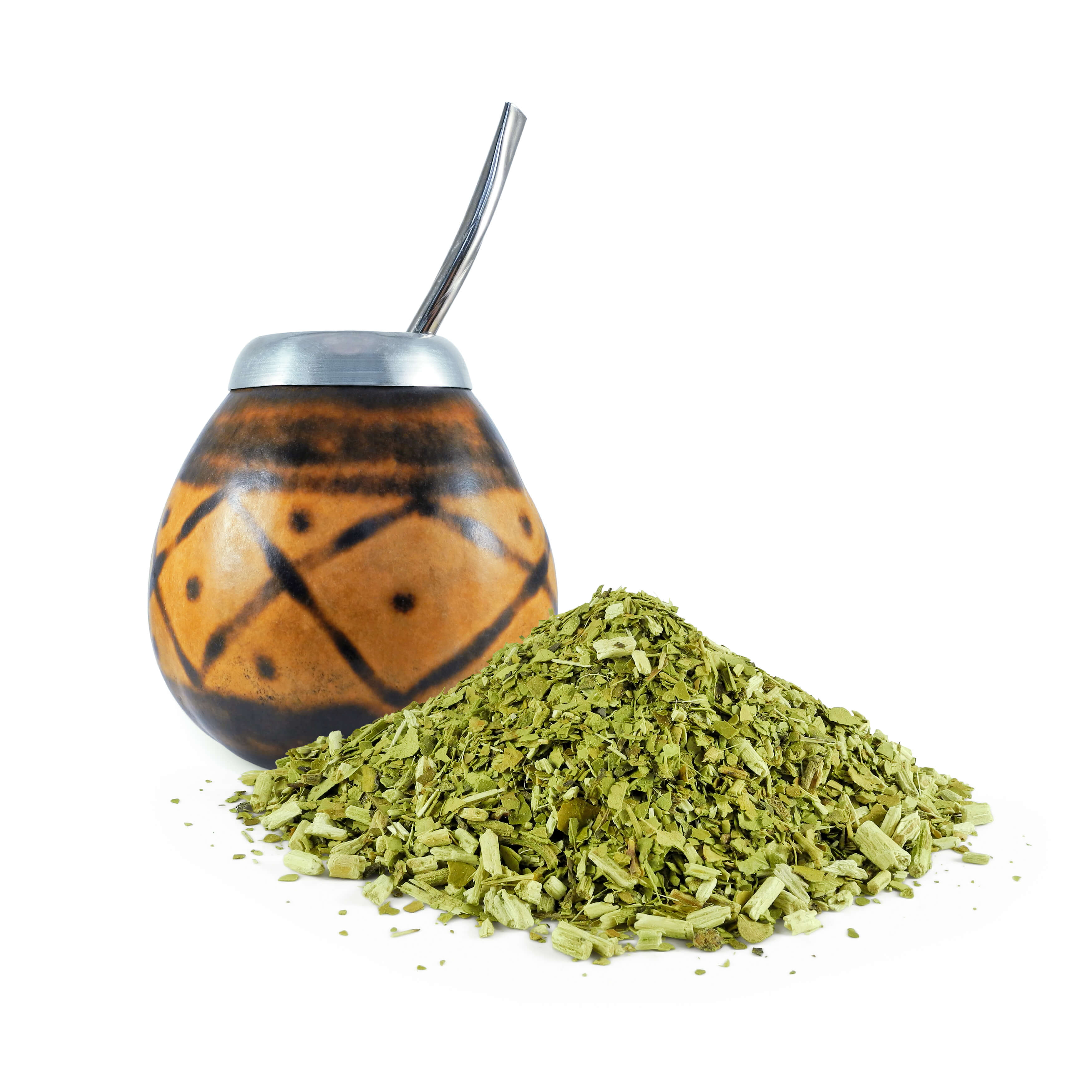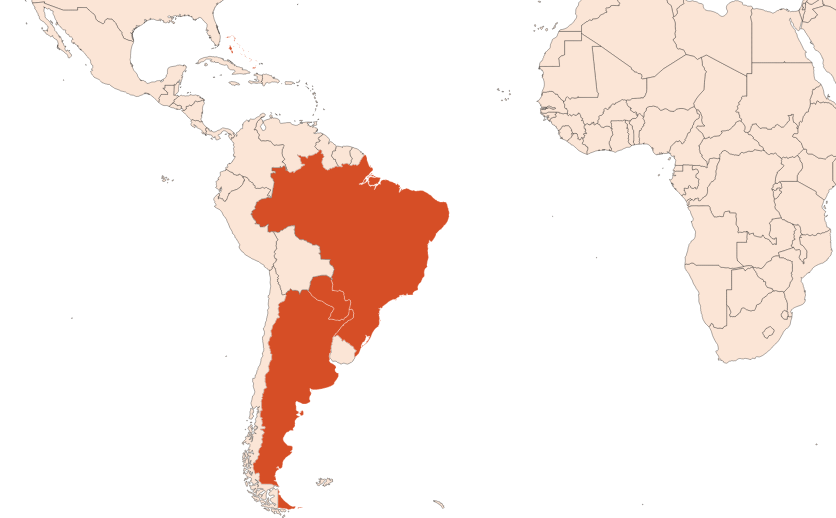Mate Absolute
Naturelle
Balsamic Ambery > Coumarinic > Grassy

Crédits photo: ScenTree SAS
Latin name :
Ilex paraguariensis
Botanical profile :
Mate, also called yerba mate, is a plant of the Aquifoliaceae family (like the common holly) and of the genus Ilex.
Geographic origin :
Mate is mainly grown in its countries of origin: Paraguay, Argentina and Brazil.
Chemotypes :
The genus Ilex is very complex and is composed of 480 different species. Mate is one of the subdivisions of this genus and is the only plant of this kind grown for perfumery.
There is only one variety of mate on Earth: var. vestita.
There is only one variety of mate on Earth: var. vestita.
Extraction process :
In cultivation, the branches of this shrub are cut so they don't exceed more than four to five meters in height, out of the possible twenty, so that the leaves remain accessible. The branches are mowed by hand to be packed in 50 kg bags and brought to the factory. The leaves are separated from the branches and are extracted with volatile solvents.
The leaves are placed on grids and introduced fresh into the extractor. A first extraction with hexane or petroleum ether gives the concrete, after removing the leaves from the tank and evaporating the hexane for recycling. Concrete is a dark green waxy paste. It can be diluted in alcohol to precipitate the waxes, to keep only the fragrant principle of the plant, the absolute. After filtration of the waxes and evaporation of the alcohol, the absolute is collected.
It is possible to treat the leaves fresh or after heating them in an oven to roast them and thus modify the composition of the absolute. In perfumery, we normally use the green and fresh leaves absolute.
The absolute of mate can be bleached by distillation.
The leaves are placed on grids and introduced fresh into the extractor. A first extraction with hexane or petroleum ether gives the concrete, after removing the leaves from the tank and evaporating the hexane for recycling. Concrete is a dark green waxy paste. It can be diluted in alcohol to precipitate the waxes, to keep only the fragrant principle of the plant, the absolute. After filtration of the waxes and evaporation of the alcohol, the absolute is collected.
It is possible to treat the leaves fresh or after heating them in an oven to roast them and thus modify the composition of the absolute. In perfumery, we normally use the green and fresh leaves absolute.
The absolute of mate can be bleached by distillation.
Major Components :
2-butoxyethanol (≈10%)
Linalool (≈8%)
Geranyl Acetone (≈3%)
Hexanoic Acid (≈3%)
Pent-1-en-3-ol (≈3%)
Octanoic Acid (≈3%)
Alpha-Terpineol (≈2%)
Many other small quantities components can be found in mate.
Linalool (≈8%)
Geranyl Acetone (≈3%)
Hexanoic Acid (≈3%)
Pent-1-en-3-ol (≈3%)
Octanoic Acid (≈3%)
Alpha-Terpineol (≈2%)
Many other small quantities components can be found in mate.
- Uses in perfumery :
- Used in tea, tobacco, leather, violet leaf, dried fruits, red fruits, black fruits (blackberry, blueberry...), mosses and in fougere perfumes.
- Other comments :
- In Brazil, the Guarani population is known to have been the first to grow this plant. Its use and culture spread in South America thanks to the Jesuit missions at the time, and thanks to the botanist Aimé Bonpland. This variety is threatened with extinction in the wild, in part because of deforestation.
It is very common to consume an infusion of mate in South America, for its high rate of caffeine. The plant also aromatizes cold drinks and the chimarrao or the tereré. - Volatility :
- Base
- Appearance :
- Green paste
- Stability :
- Solubility issues in perfumes
Stable oil in perfumes and in diverse functional bases - Price Range :
- €€€€
- Aromatherapy :
Informations provided below are taken from reference works in aromatherapy. They are given for information purposes only and can not constitute medical information, nor engage the responsibility of ScenTree.
In Argentina in particular, it is used as an energy drink for its high rate of caffeine, and as anti-infectious in aromatherapy.

Crédits photo: ScenTree SAS
- EINECS number :
- 73296-98-7
- FEMA number :
- Donnée indisponible.
- Allergens :
- D-Limonene
- IFRA :
- This ingredient is not restricted
To learn more about IFRA's standards : https://ifrafragrance.org/safe-use/library
ScenTree is solely responsible for the information provided here.


